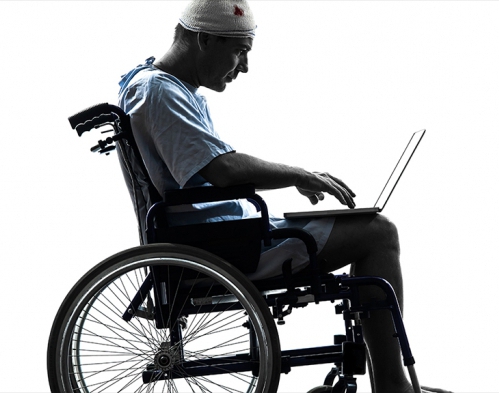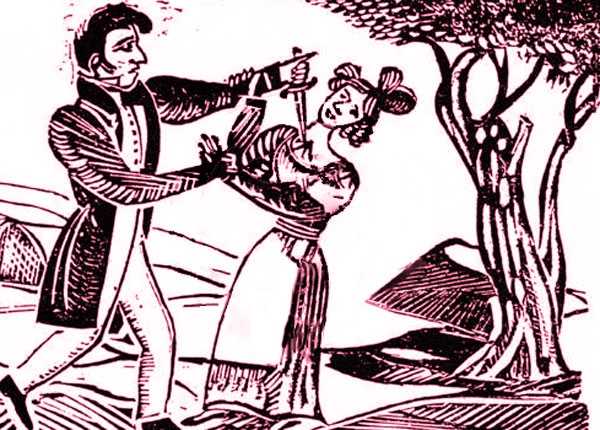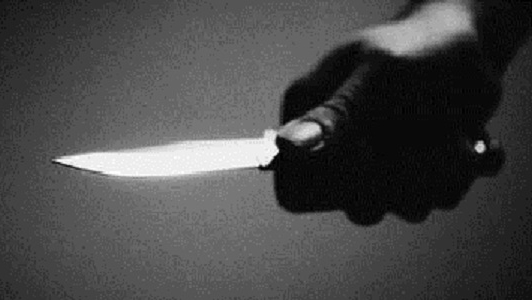Citizens' health is one of the most basic facilities protected by criminal law. Causing damage to human health is one of the most common types of crime. In legal practice, this act is much more common than other types of crimes. Art. 111 of the Criminal Code establishes the infliction of grievous intentional damage to health. The article will give the qualification of this criminal action, as well as the measure of punishment that follows the commission of the act.
General characteristics and concept of crime

Causing grievous bodily harm is an act characterized by public danger, as well as unlawfulness. It can be carried out by one person or a group of people. A crime is manifested in the form of a violation of the integrity of the skin of a person, and can also be expressed by dysfunction of any organ or the whole organism.
In criminal law, this type of crime is determined by several articles:
- Art. 111 of the Criminal Code implies intentional infliction of grievous bodily harm.
- Art. 113 and 114 consolidate crimes that are committed in the state of passion or in case of exceeding self-defense measures.
- Art. 118 - crimes that were committed through negligence.
Damage caused by affect
Infliction of grievous bodily harm can occur in a state of affect (enshrined in Articles 113, 114 of the Criminal Code). Affect is usually understood as an emotional state manifested by short duration and pronounced vegetative-motor manifestations.
The object of this crime is human health. The punishment for this type of criminal act applies only to persons who have reached 16 years of age. An obligatory element of a crime is guilt and intent, which can be either direct or indirect.
Direct intent suggests that the person, when committing the action, was aware of the danger of the consequences. Indirect intent - the person is aware of the danger of the actions being taken, anticipates the negative consequences, does not want, but at the same time admits the possibility of their occurrence. Also, the element can be characterized by the indifference of the criminal to dangerous consequences. The only feature of intent in this composition is that it arises suddenly.
The motive of the act can be expressed in the form of revenge, jealousy, etc. Determining the motive is very important for understanding whether the perpetrator experienced emotional excitement in the process of committing a crime.
Causing harm in case of exceeding measures for necessary self-defense
Serious bodily harm can occur if the measures taken for self-defense are exceeded. In this case, it will be important to find out exactly what actions will not be considered criminal.
Will not be regarded as a crime caused harm in the detention of the person who committed the crime. This fact is taken into account only when it is not possible to detain the offender by other means, and the necessary measures have not been exceeded.
If the measures of detention did not correspond to the degree and nature of the danger of the committed act and the person suffered harm that does not correlate in degree of danger with the situation of the crime, such an action will not be criminal only if there is no intent.
Intentional grievous bodily harm

This type of act is considered one of the most dangerous crimes that are directed against human health.Serious harm is inflicted in any way, and this implies a variety of consequences of the crime committed.
The most important sign of such an act is a danger not only to health, but also to human life. In order to determine the level of severity of harm, the victim must undergo a medical examination, on the basis of which further qualification of the crime will be carried out.
Legal analysis of a crime
Causing grievous bodily harm to the Criminal Code of the Russian Federation 111 is characterized by a certain composition, thanks to which it is possible to give a correct assessment of the act and to separate it from related activities. The elements of the composition include: the object of crime, the subject, the objective and subjective parties.
Objective side and object
The object of a criminal act is human health. An attack on health can be made even from the moment of birth. Causing serious harm to human health does not exclude guilt, even if the damage was done with the prior consent of the victim.
The objective side in this case may be in the form of action or inaction. Most often, it manifests itself in the form of action using various objects or weapons.
Serious harm can be caused both physically and mentally. The latter case is possible, for example, by giving a person false information, as a result of which a person is injured, which entails illness.
In order for liability to take place, a causal relationship that arises between action and consequence must be a mandatory circumstance.
Subjective side and subject

The infliction of grievous bodily harm as a subjective side implies the presence of guilt. Analyzing the crime, we can conclude - the legislator resorts to the combination of careless and deliberate criminal action. These crimes in combination with each other form an action with a specific content of the subjective side. The consequences are imputed only if they were caused by the commission of a crime.
If the action is material in nature, then the cause will be considered not the act itself, but the ensuing consequence. If the act was committed with awareness of the danger of the consequences, then the intent would be direct. When a person admits the onset of consequences, but treats them with indifference, intent will be considered indirect.
The peculiarity of the crime is that the offender may seek consequences. In this case, the committed action is qualified based on the results of the act.
If the guilty party posed a threat of grievous bodily harm, but under certain circumstances the offender could not bring it to life, he will be liable specifically for the harm that his intent was directed to (in the event that intent can be proved).
The subject of the crime in this case will be a sane person who is 14 years old. The prosecution is carried out precisely when the guilt covers all the circumstances that are characteristic of a perfect crime.
Elements necessary for the occurrence of obligations and liability for harm

Obligations due to harm appear only if the conditions are:
- wrongfulness;
- causal relationship;
- guilt;
- harm.
Wrongfulness - these are actions that encroach on relationships protected by the criminal law.
Unlawful behavior can be considered if a person:
- violates the rule of law;
- violates the subjective rights of a person;
Wines - this is the attitude of the subject to the dangerous act committed, which is enshrined in criminal law. The elements of guilt in this case are will and consciousness, which together constitute the content of the crime. Thus, guilt can be characterized by strong-willed and intellectual aspects.
Causal relationship - the relationship between the consequence and the action.
Obligations due to harm occur only for those consequences that arose as a result of a criminal act. Liability is not imposed if the consequences arose due to the influence of third parties or under the influence of any external factors.
Harm - This is a condition without which the onset of responsibility is impossible. Under the word "harm" is understood:
- Physical injuries, namely violation of the integrity of organs or tissues.
- A pathological condition that occurs after the application of various external factors.
A responsibility

Causing grievous bodily harm - Article 111 of the Criminal Code of the Russian Federation.
For the commission of the act, which is enshrined in the first part of Art. 111, the legislator provides for the deprivation of liberty:
- Part one - for a period of 2 to 8 years.
- Part two - from 3 to 10 years.
- Part three - from 5 to 12 years.
- Part Four - from 5 to 15 years.
In determining the measure of punishment, the court, as a rule, proceeds from aggravating as well as extenuating circumstances.






